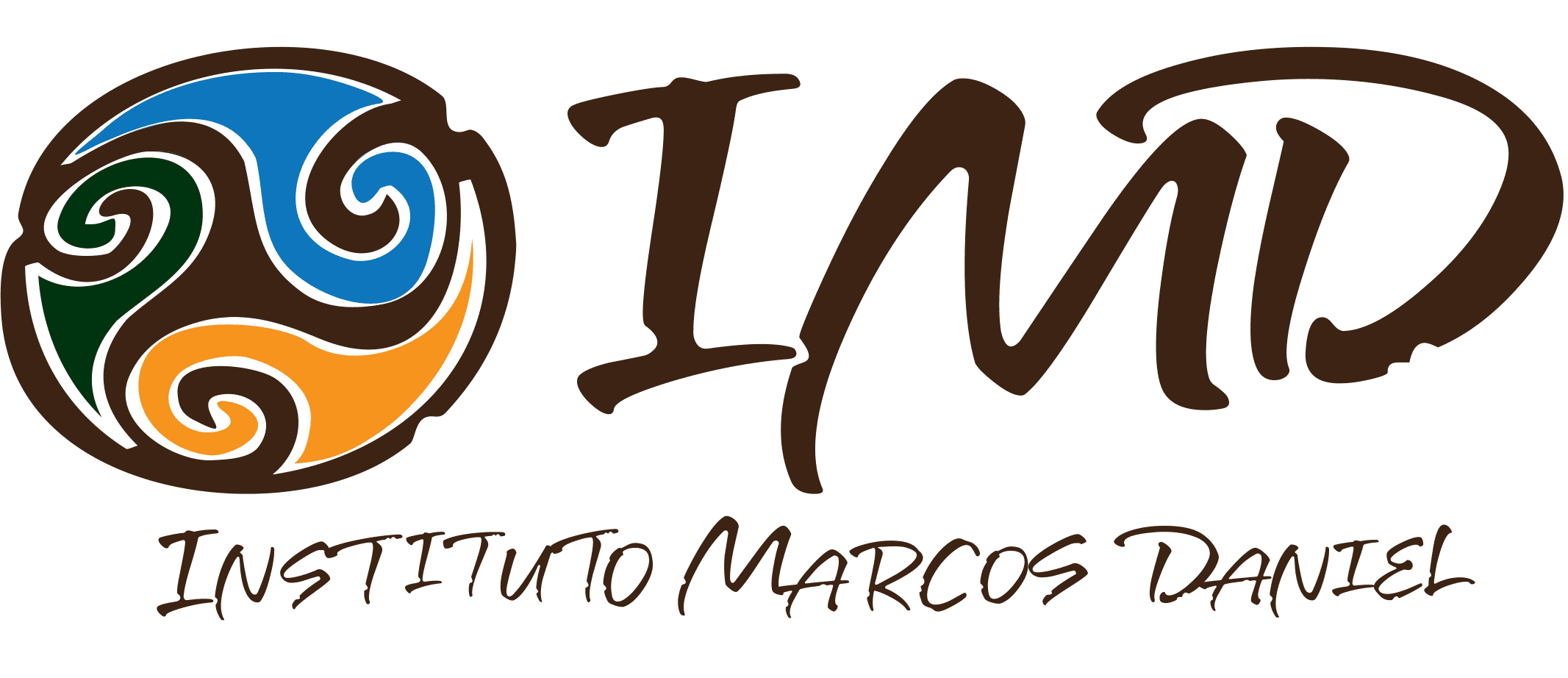PROJECT
Caiman Project is an Instituto Marcos Daniel's initiative in partnership with ArceloMittal Tubarão. The broad-snouted caiman (Caiman latirostris) is an Atlantic forest symbolic species. Caiman Project is a pioneer research and conservation initiative for said species, generating technical-scientific health and ecology data of Caiman latirostris in Brazil.
A BIODIVERSIDADE DO ESPÍRITO SANTO

O estado do Espírito Santo está totalmente situado no bioma Mata Atlântica, um dos biomas com maior biodiversidade do planeta. Além do litoral, rico pela exuberância de suas comunidades marinhas, a Mata Atlântica capixaba apresenta um mosaico com diferentes tipos de formações como as restingas, manguezais e as matas de tabuleiro e encostas, que permitem a ocorrência das mais variadas espécies de fauna e flora. Com mais de 700 espécies de aves, centenas de espécies de mamíferos, répteis e anfíbios, além de uma exuberante riqueza de invertebrados e sua floresta majestosa, a biodiversidade do Espírito Santo se destaca no cenário da Mata Atlântica Brasileira.

 |  |  |
|---|---|---|
 |  |  |
 |
02
THE FOREST
ATLANTIC
The Atlantic Forest is one of the most important regions on the entire planet. Due to its exuberance and extraordinary diversity, this biome receives a special title that few places in the world have: Biodiversity Hotspot.
It occupies the entire Brazilian Atlantic coast, covering 17 states and covering 1.3 million km². It presents several forest formations and associated ecosystems, according to the characteristics of the climate, soil and relief.
It is directly influenced by moisture and winds from the ocean. The distance from the ocean and the strength of this influence, the altitude and the rainfall dispersion regime contribute to the diversity of ecosystems present in the biome.
As the distance from the coast increases, the climate becomes drier and receives less incidence of rain formed in the ocean. Many ecosystems associated with the Atlantic Forest are not typically forested, however, they are of great importance for the preservation of the forest.
All this abundance of resources, diversity and exuberance also explains why our civilization has taken root here. The problem is that for this to happen, much was destroyed and the human occupation of the Atlantic Forest was and still is dramatic.

03
THE ALLIGATOR
DE-PAPO-YELLOW
Free in nature, the papo-amarelo caiman live only in South America. The geographical distribution of the species extends to Brazil, Argentina, Paraguay, Uruguay and Bolivia, in latitudes ranging from 5º S to 34º S and at altitudes of up to 800 m.
More than 70% of the world's population of alligators live in Brazil, in an area that extends from the coastal region of Rio Grande do Norte, through the basins of the São Francisco, Paraná, Paraguay and Uruguay rivers. , until reaching the Mirim lagoon, in Rio Grande do Sul.
The papo-amarelo caiman occurs in ecosystems associated with water and vegetation, such as rivers, swamps, lakes, mangroves, among other environments in the Atlantic Forest, Cerrado, Caatinga and the Pampas.
In Brazil, a large part of the geographic distribution of the alligator-of-papo-amarelo alligator coincides with the remnants of the Atlantic Forest. This important biome, of great wealth and diversity of life, is recognized as a Brazilian National Heritage. The Atlantic Forest is home to more than 20 thousand species of plants.


Os dados acerca das populações e comunidades naturais são imprescindíveis para o planejamento de estratégias e ações de conservação, além de auxiliar o conhecimento para tomadas de decisão. Por isso, o Vivendo na Floresta desenvolve atividades para a capacitação e treinamento de gestores de Unidades de conservação, servidores técnicos
e guarda-parques. As capacitações têm como objetivo destacar a importância do monitoramento para a obtenção de dados sobre as populações, com isso, possibilitar a análise para obtenção de respostas e definição de estratégias de gestão, além fortalecer a "Ciência Cidadã" com a expansão da realização do monitoramento por meio do envolvimento de voluntários, como turistas, estudantes de graduação e moradores locais. Além disso, o Vivendo na Floresta desenvolve formação de jovens pesquisadores através do programa de iniciação científica.
DESENVOLVIMENTO
TÉCNICO-CIENTÍFICO
04
02
THE TEAM
 Juliane Pereira-RibeiroBióloga - Coordenadora |  Átilla FerreguettiBiólogo - Coordenador |  Natália VagmackerBióloga |
|---|
07









